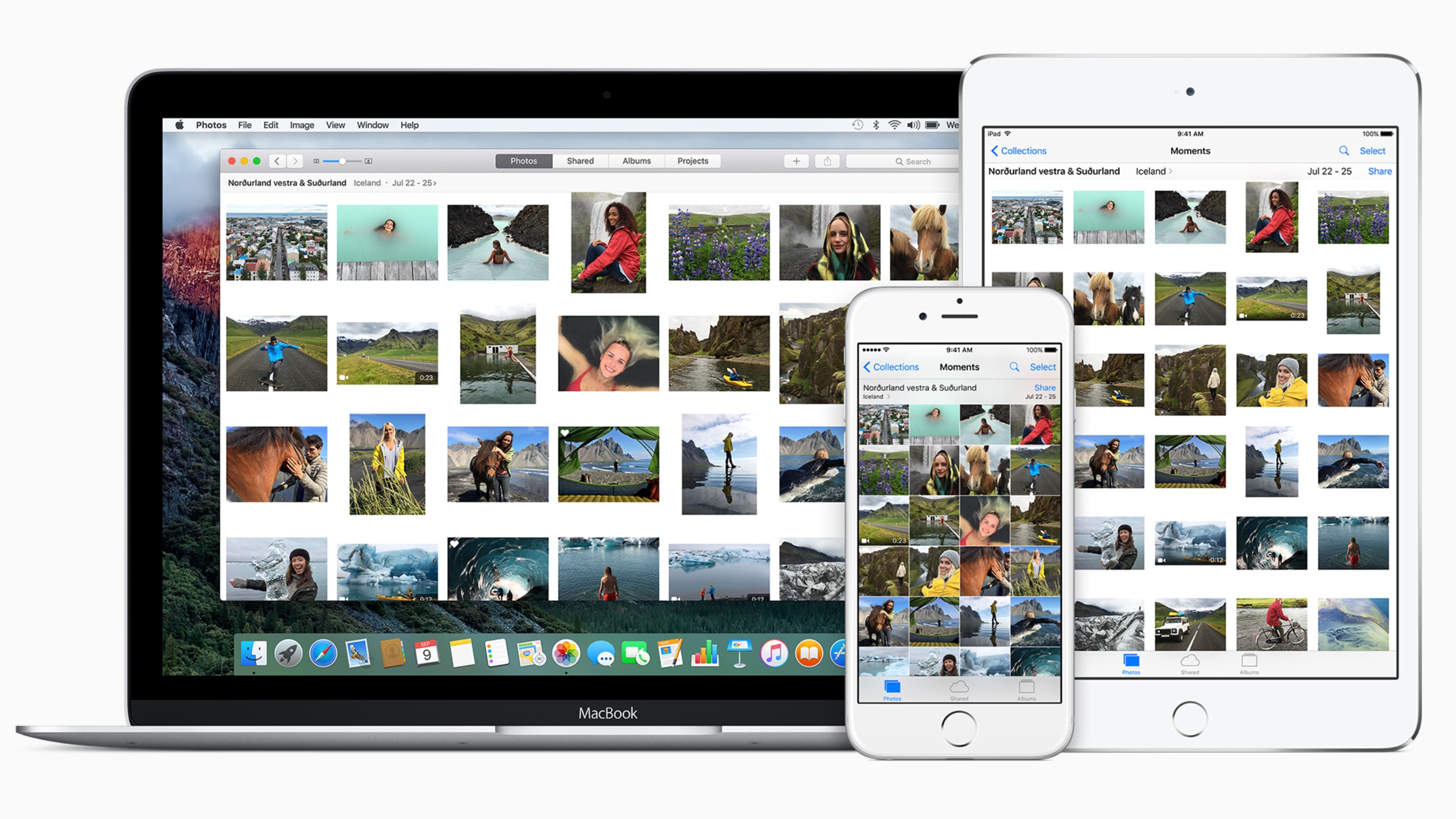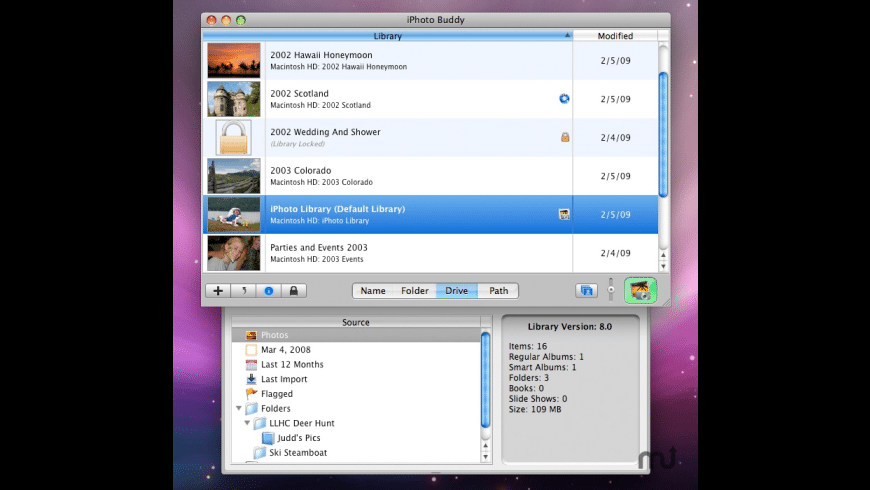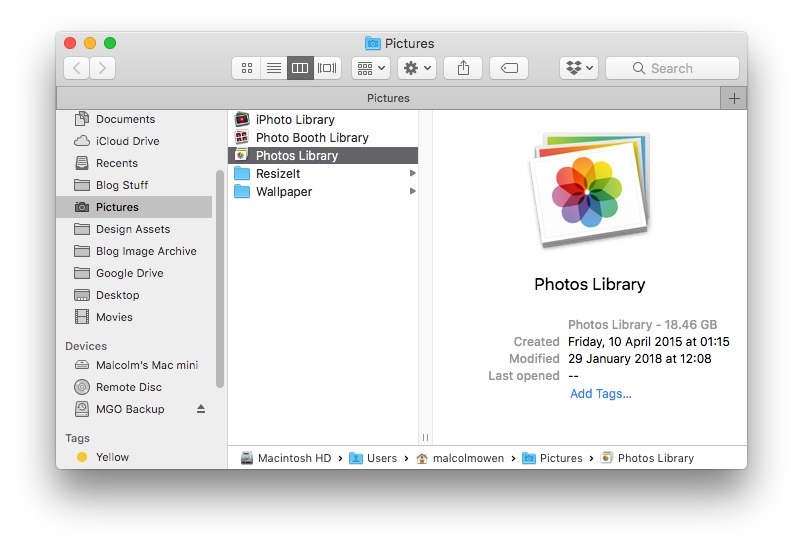- How To Unlock Iphoto Library On A Mac
- How To Unlock Iphoto Library On A Mac
- Can't Open Iphoto Library On Mac
Prepare your external drive
- A) Quit iPhoto, if it's open. B) Hold down the Command and Option keys as you click the iPhoto icon. The Photo Library First Aid window opens. C) Select Repair Permissions to repair permissions and unlock necessary files and folders. D) Click Repair. E) If the Repair Permissions option doesn't solve the problem, try the other options as well.
- Tap 'Trust' to continue. You might need to keep it unlock in order to successfully import pictures from iPhone to iPhoto/Photos App. Solution 2: Rebuild iPhoto Thumbnails. If your photo stream has been exported into iPhoto Library, but you cannot see them when launching iPhoto application, you can follow below steps to fix it.
- How to Move iPhoto Library to a New Location/Computer iPhoto is a part of iLife software application suite, which not only helps you organize and edit your photos, but also lets you get more from these photos by making photo books, greeting cards and slideshows. IPhoto will generates a iPhoto Library folder or package that contains imported photos and any albums you've added using iPhoto.

/iPhotoLibraryDialog-56c3a29f5f9b5829f8713522.jpg)
Go to Mac’s Pictures folder. Drag your Photos library into the said vault. When asked if you’d like to delete the original files, click Delete. Or, you can manually delete the library in Pictures. Now the photos on your Mac are locked in the vault. The Photos library is hidden and protected.
You can store your library on an external storage device, such as a USB or Thunderbolt drive formatted as APFS or Mac OS Extended (Journaled). However, you can't move your library to a disk that's used for Time Machine backups.
To prevent data loss, Apple doesn't recommend storing photo libraries on external storage devices like SD cards and USB flash drives, or drives that are shared on a network.
Move your Photos library to an external storage device
- Quit Photos.
- In the Finder, go to the external drive where you want to store your library.
- In another Finder window, find your Photos Library. By default it's stored in the Pictures folder located at /Users/[username]/Pictures.
- Drag Photos Library to its new location on the external drive. If you see an error, select your external drive's icon in the Finder, then choose File > Get Info. If the information under Sharing & Permissions isn't visible, click the triangle , then make sure the 'Ignore ownership on this volume' checkbox is selected. If it's not selected, click the lock button to unlock it, enter an administrator name and password, then select the checkbox.*
- After the move is finished, double-click Photos Library in its new location to open it.
- If you use iCloud Photo Library, designate this library as the System Photo Library.

Make sure that the drive is turned on and available to your Mac before opening Photos. If Photos can't find your drive, it stops using the Photos Library stored there.
Delete original library to save space
After you open your library from its new location and make sure that it works as expected, you can delete the library from its original location.
In a Finder window, go back to your Pictures folder (or whichever folder you copied your library from) and move Photos Library to the trash. Then choose Finder > Empty Trash to delete the library and reclaim disk space.

Open another Photos library

If you have multiple libraries, here's how to open a different one:
How To Unlock Iphoto Library On A Mac
- Quit Photos.
- Press and hold the Option key while you open Photos.
- Select the library that you want to open, then click Choose Library.
Photos uses this library until you open a different one.
How To Unlock Iphoto Library On A Mac
Learn more
If you have a permissions issue with your library, you might be able to resolve the issue by using the Photos library repair tool.
Can't Open Iphoto Library On Mac
* If the volume isn't formatted as APFS or Mac OS Extended (Journaled), or has been used for Time Machine backups but hasn't been erased, this checkbox will either not be present, or it won't be selectable after unlocking. Erase the drive for this option to be available.